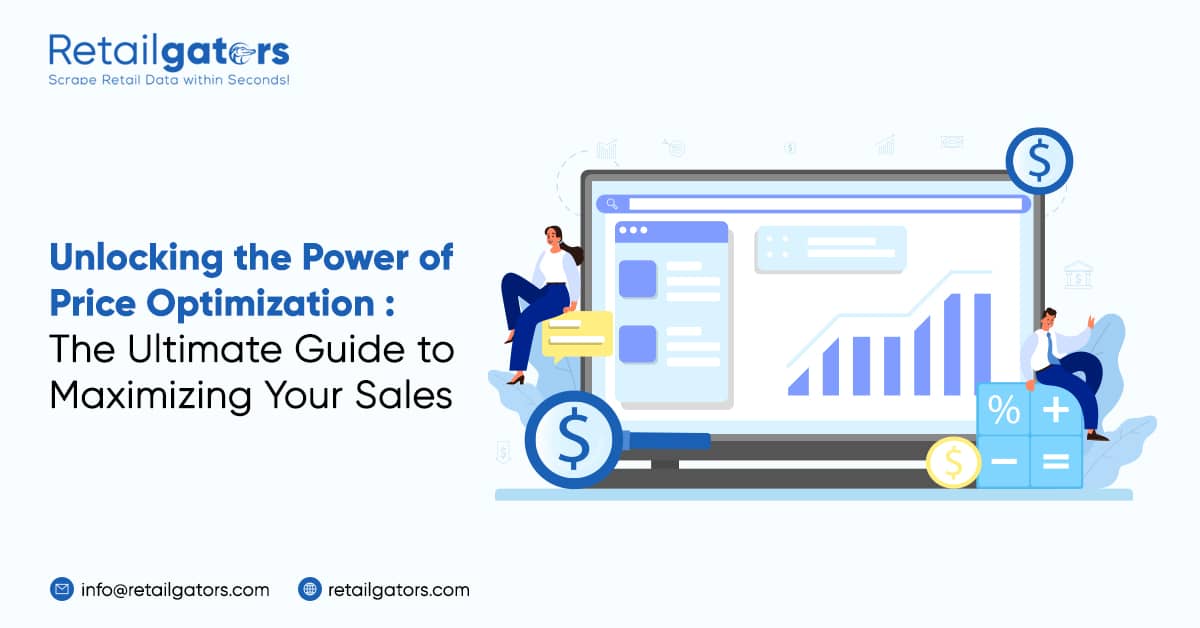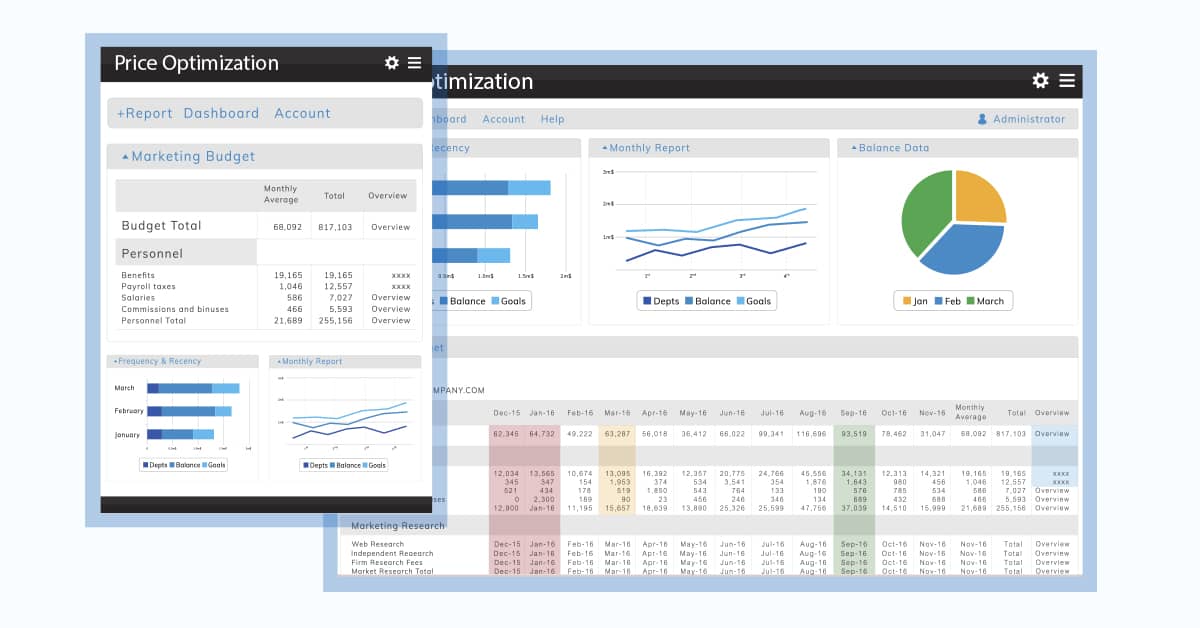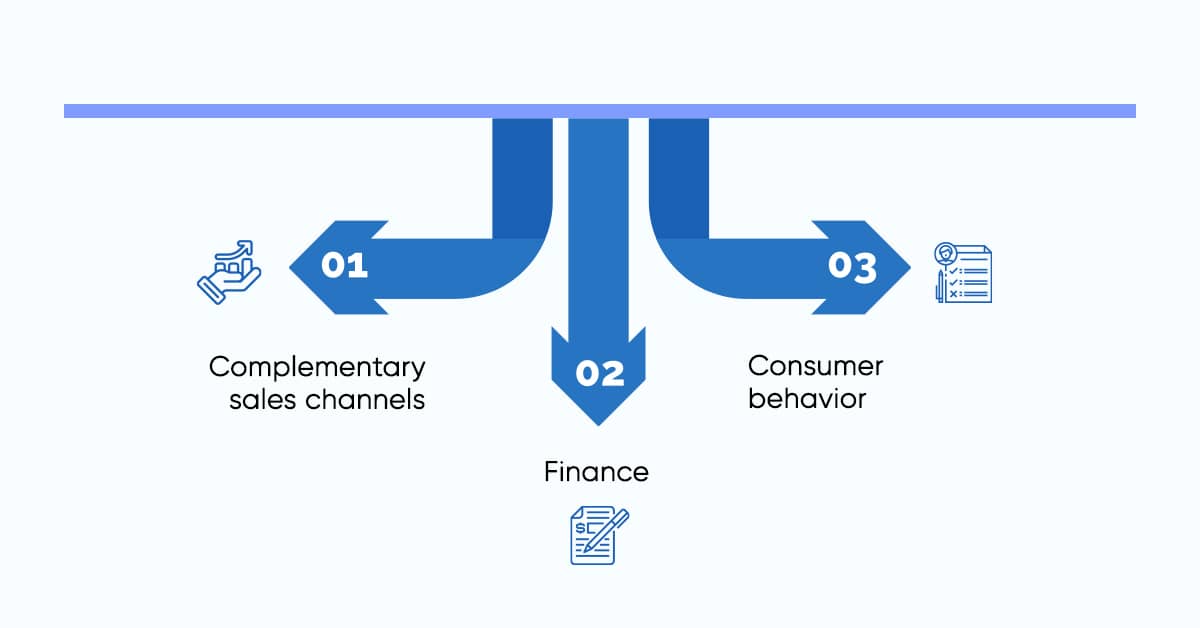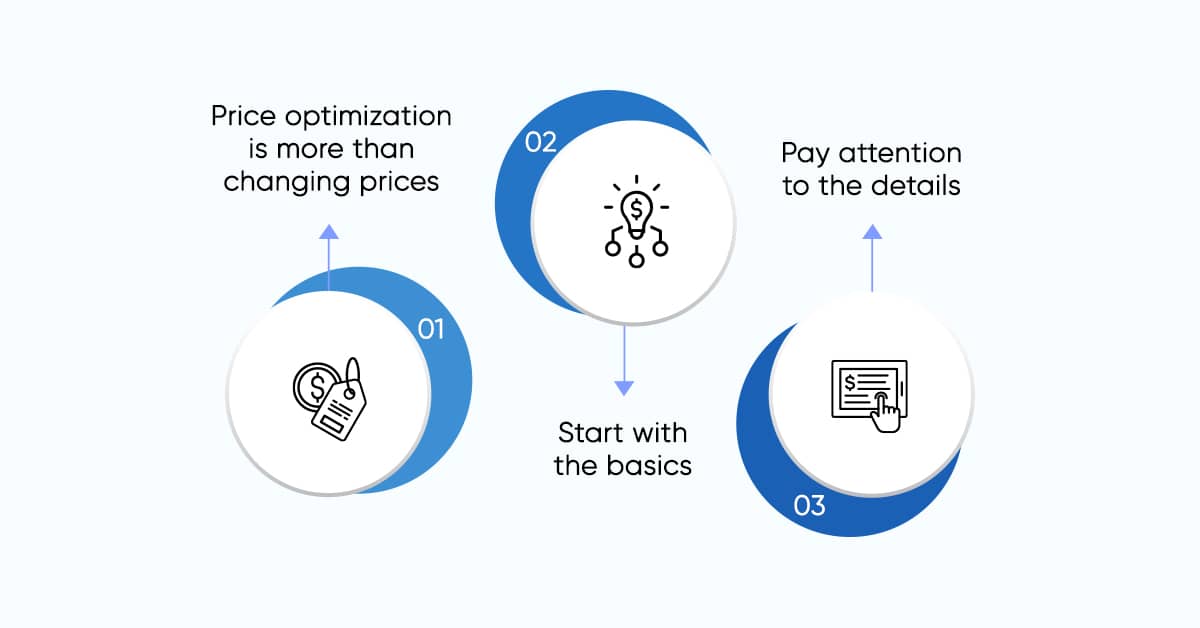
Price optimization is a new buzzword in the digital age. It refers to maximizing your sales with minimal effort by changing the prices of your products and services in relevant search results. It's not as complicated as it sounds, but many companies still struggle with this process — and it can be challenging to figure out how to set up effective price optimization across a range of platforms. This guide will give you all the information you need to succeed at pricing optimization, from how it works in general, how to avoid common mistakes that people make when setting up price optimization campaigns, which programs are best for your needs based on experience, competitor price monitoring, and more.
What is Price Optimization?
Price optimization is a function of your product campaign(s). You can set it up to change the prices of landed pages based on a variety of factors, including geographical location (discounting prices in countries where you aren't selling as much), time of day (price increases during non-peak hours), or even on a keyword-by-keyword basis (which allows you to quickly optimize pricing based on certain keywords that are bringing in more sales than others).
How Does Price Optimization Work?

Price optimization relies on advanced algorithms to determine which price you should charge for your product. In effect, the tool determines whether you are charging the most you can for each purchase and then adjusts accordingly. The process is complex; many companies use a dedicated software platform to handle the task. In particular, we have had great success with the price optimization functions of SEMRush — we've seen conversions increase by as much as 33%.
Price optimization allows businesses to maximize their profits by changing the prices of their products and services based on contextual data. This step-by-step process will lead you to the best possible price.
How Can You Implement Price Optimization?

Many companies succeed by implementing price optimization for weeks or months rather than all at once. In this case, you should implement it gradually — starting with your most popular products and then expanding to high-performing items if sales continue to grow. It allows you to adjust on the fly as needed to maximize your profits and keep sales steady during periods of change.
Different Price Optimization Strategies
Here are four reasons Price Optimization is vital
1. Ensure Price Competitiveness:
Changing and adjusting prices online is a sure way to ensure customers know about your offer. First, giving your products and services different prices based on geospatial factors could help you find new markets. It also enables you to look for opportunities to partner with other businesses in the same industry or provide strategic support to customers that have already adopted your products and services.
2. Boosting Sales:
Most companies find that they can boost sales with price optimization. For instance, they may cut prices by 15% in a particular market during the holiday season. The company aims to maintain minimum profit margins by emphasizing volume sales and keeping costs low for as long as possible.
3. Price Elasticity:
Companies may want to adjust the prices of their products to reflect the size of the market they are servicing. For instance, a company may raise prices in a specific market after receiving feedback that they are underpricing. The hope is that this will lead to a more significant sale and an even better experience for your customer.
4. Dynamic pricing:
Dynamic pricing is a concept that has been around for many years, but it is only now being recognized in the e-commerce industry. Dynamic pricing can help you understand which items are worth highlighting and at what price.
What Should You Consider When Choosing Price Optimization strategies for your business?

There are many factors to consider when choosing the right price optimization strategy for your company.
Here are some things to keep in mind:
1. Complementary sales channels:
First, it is essential to see if your business works best with only one channel or a range of sales channels. The strength of each channel can help you determine if price optimization is recommending the highest prices or even a lower price than what you might want to charge. Alternate channels can also help each other out. For instance, when your product is sold on Amazon, you might give a discount during the holidays through email marketing or by running a promotion on social media.
2. Finance:
Next, you must find a price optimization strategy that fits your budget. Some strategies can get very expensive for even small businesses. For instance, in one article, a business owner, early on in the process, consider using Adobe, but he could not get the software because it cost more than his product's profits!
Keeping your costs down will help you stay within budget while growing your sales and profits. Generally, starting with a trial or free version is essential to see how well price optimization works for your company before committing to an expensive platform or service plan.
3. Consumer behavior:
Lastly, it is essential to consider consumer behavior. Generally speaking, consumers are much more willing to pay up for premium services or products. However, they expect that they will save money whenever they can by shopping around. You need to decide if your products and services will resonate with a frugal consumer or if you want to focus on people that are willing to spend more for a better outcome.
Implementing Price Optimization Strategies

Price optimization has multiple benefits for your business, but implementing the process can be tricky. Try some suggestions below to help you get started.
Implementing Price Optimization Strategies
1. Price optimization is more than changing prices:
Realize that price optimization is more than changing prices. It is a process that requires gathering data, analyzing sales information, and determining what customers want when they buy.
2. Start with the basics:
Find out which products are most popular and selling the most over time. That way, you will know whether or not those items are worth focusing on during price optimization efforts. You should also use the same template for implementing price optimization strategies across your favored items.
3. Pay attention to the details:
Lastly, ensure that your price optimization strategy works for you and not against you. For example, if you are trying to sell as many products as possible in one specific region, it is likely not worth giving those same products a discount during another time of the year. Remember that these strategies are designed to help you maximize profits and increase sales volume, so make sure that they are helping your business reach other goals simultaneously.
Price Optimization enables marketers to accurately price digital content to help drive revenue from various business models, including pay-per-download, subscription, usage-based pricing, and direct sales. It works across any digital channel or physical touchpoint using real-time data from websites and third-party data sources. Price Optimization has evolved from a manual process to an automated one with the addition of machine learning and artificial intelligence (AI).
Conclusion
The Price Optimization process is no longer a manual process to "Price-Check" digital products; it's a machine learning algorithm that analyzes your pricing strategy across various channels and formats.
In the past, marketers needed to manually review and analyze sales data, product catalogs, or website stats to decide on price optimization. With an automated toolset, marketers can choose and adjust the most profitable prices anytime.
Price optimization also works across multiple channels: mobile app stores, in-app purchases, retail websites, marketplaces, and e-commerce sites can all benefit from this digital pricing strategy.








Leave a Reply
Your email address will not be published. Required fields are marked